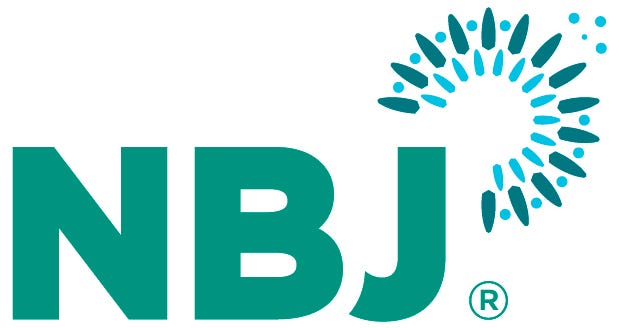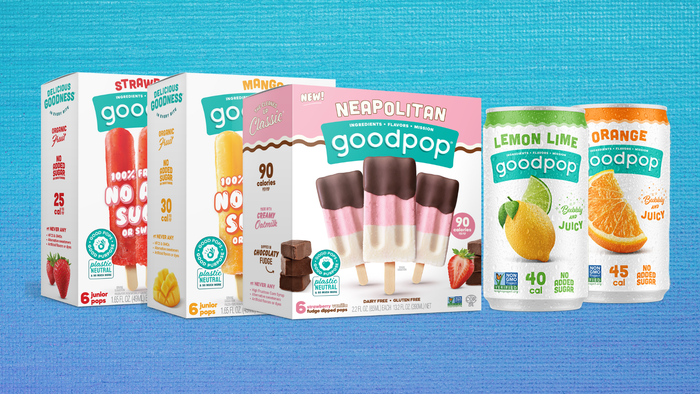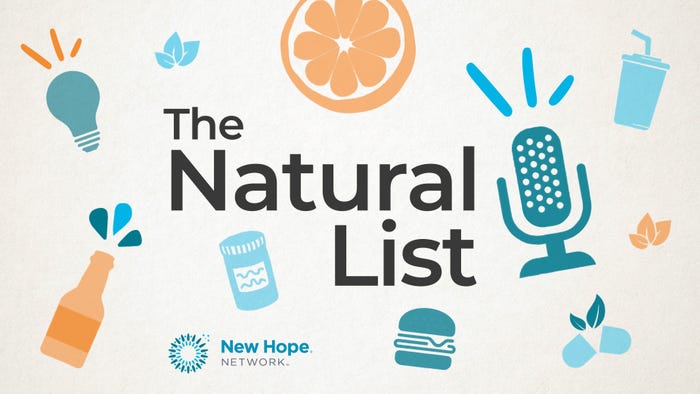
There are three big open secrets in the natural products industry. For one, consumers don’t even consider the fact vitamins might not be natural. After all, vitamins are substances that the body needs for survival but that it cannot make on its own and that must thus be obtained through diet. They’re essential, so they must be natural, right? Nope. As any industry insiders will attest, most vitamins are synthetically manufactured.
Here’s another one: “Natural” is such a compelling phrase that ingredient suppliers routinely characterize their synthetically produced nutritional bioactives as “nature-identical.” This means that these substances are, from a molecular point of view, exactly the same as if they were derived from a natural source.
Vitamins slip under the radar here. Nobody refers to them as nature-identical even though they are similarly synthesized. In fact, a claim on a food label that a natural vitamin is superior to an added or synthetic version would be illegal. “FDA considers vitamins from natural or nature-identical sources produced using a variety of modern technologies to be of identical nutritional value,” says Georges Bergen, regulatory affairs manager at DSM Nutritional Products, N.A, "and therefore prohibits industry from calling out any perceived benefit from vitamins coming from one source or another.”
This matters because, as words and definitions in the food industry shift, lawyers are lining up to take advantage of the confusion. In this age of transparency, it’s becoming more and more important to agree on baseline definitions.
The problem with natural
The Organic and Natural Health Association (ONHA) is a recently formed group comprising industry veterans brought together to define the term “natural.” While the group says that consumer buy-in is paramount—which would suggest a drive toward clarity—it has nevertheless suggested that “natural” has room for “nature-identical.” The reasoning, says Michael Lelah, chief research scientist with Mercola, is that though most vitamins are synthetically manufactured, they have the exact same chemical forms as their natural counterparts.
“Perhaps there’s some expandability in how we define those particular vitamins,” Lelah says. “There are ingredients that may have the same chemical formula but a different chemical structure, and now you’re going outside the area of natural.”
More provocatively, Ohna members have suggested that the standard for a natural definition could change based on the quantity of a nutrient in a product. Like Lelah, OHNA President Todd Harrison, a Washington, D.C., attorney, is open to shifting the definition based on the category, since, for example, dietary supplements and cosmetics are used in far smaller quantities than food products.
“Big and small companies need an honest discussion about what’s natural,” Harrison says. “What’s natural for food may be different for dietary supplements, and that may be different for cosmetics. All of these have differences. A ‘minimally processed’ definition of natural will rule out every supplement. It’s transparency. All you’re asking for is transparency.”
And that—transparency—brings us to the third dark secret of the supplements industry, especially as it relates to China. In a 1,000-person survey by the United Natural Products Alliance and Functional Ingredients magazine, more than 70 percent of consumers said they believed that supplement ingredients were sourced in the U.S. And a similar number said that if they ever learned that their supplement ingredients were sourced from China, they would change their buying habits.
Of course, the truth is that China actually supplies more than two-thirds of supplement ingredients in the U.S. The industry likes to push the idea that “It’s not where it’s made, but how it’s made,” and that pablum might satisfy responsible industry members, but its too nuanced an argument to change the reflexive responses of the typical American consumer.
The “natural” term itself has been run over so many times by marketing vehicles that it is on the verge of complete meaninglessness. And the industry’s semantic games don’t seem to help. As one commenter on newhope360.com said about ONHA’s efforts to have different definitions of “natural” for different categories of ingredients: “If you want consumer buy-in, offer a standard that reckons with whether products are actually sourced and produced naturally. Shoppers are asking for transparency and quality standards. In the face of that, exceptions for nature-identical synthetic supplements, and weaker standards for things we ingest in smaller quantities, are a little offensive.”
Clean label sounds appealing
Might these nature-identical, bio-identical ingredients thread the needle and satisfy label-reading consumers’ burgeoning search for the elusive “clean-label” products on store shelves?
From a consumer perspective, “clean label” simply means simplicity and transparency—fewer ingredients overall and none that sound like chemicals. It is a direct pushback to the industrial food-science movement that has characterized America since World War II, and it’s gaining momentum.
“This trend wasn’t here last year,” says Len Zapalowski, CEO of Mazza Innovation, which produces technology for non-hexane botanical extracts. “Something has changed in the last 12 months. The environmental story is getting more important. It’s changing peoples’ behaviors.”
Moves toward transparency and clean labels have given rise to such post-modern conceits as “whole-food supplements”—vitamins and the like derived directly from whole-food sources, such as vitamin C from organic oranges, as opposed to synthetically produced in a facility in China. Transparency has also driven the “Just Label It” campaign in various states to mandate the labeling of genetically engineered food products.
Though “clean label” remains without an official definition, global ingredient supplier Ingredion commissioned a number of focus groups, shopping visits, and expert interviews in the U.K., U.S. and Germany to at least narrow things down. Its research revealed three consumer expectations around clean label:
• Additive free (so food makers should remove or replace food additives)
• Simple ingredient lists
• Minimal processing
The question then arises over whether nature-identical ingredients have a place within the clean-label world. Synthetic manufacturers like BASF tout their sustainability efforts. And nature-identical ingredients are, if nothing else, elegantly sustainable. So the answer, for now, seems to be, Why not? If there’s wiggle room with vitamins, why wouldn’t there be with astaxanthin or any other ingredient manufactured via synthetic or natural extraction processes?
Caveat: In the moving target of today’s transparency movement, there may come a time when a company needs to justify its every ingredient choice so bloggers – responsible or otherwise – can investigate it thoroughly. But so far, there has been no big reveal on vitamins, no blockbuster tirade by a health avenger, about the non-labeled manufactured methodology of an ingredient – although the food processing methods of organic as well as GMO labeling surely comes closest.
NBJ Bottom Line: Nature-identical ingredients scorecard: Sustainable? Yes. Transparent? Not really. Clean-label? Maybe. Natural? Is that even a word worth its salt anymore?
About the Author(s)
You May Also Like





